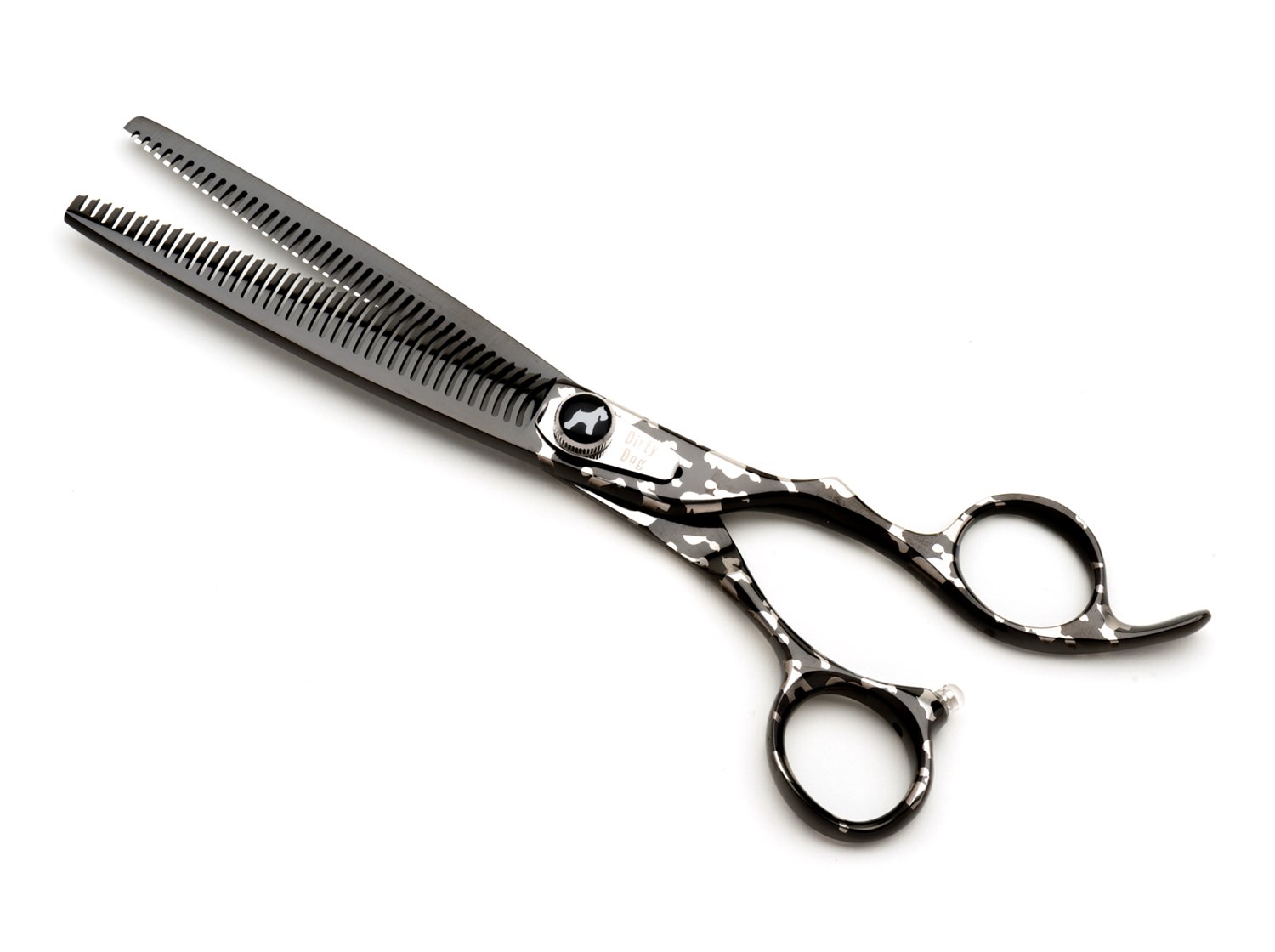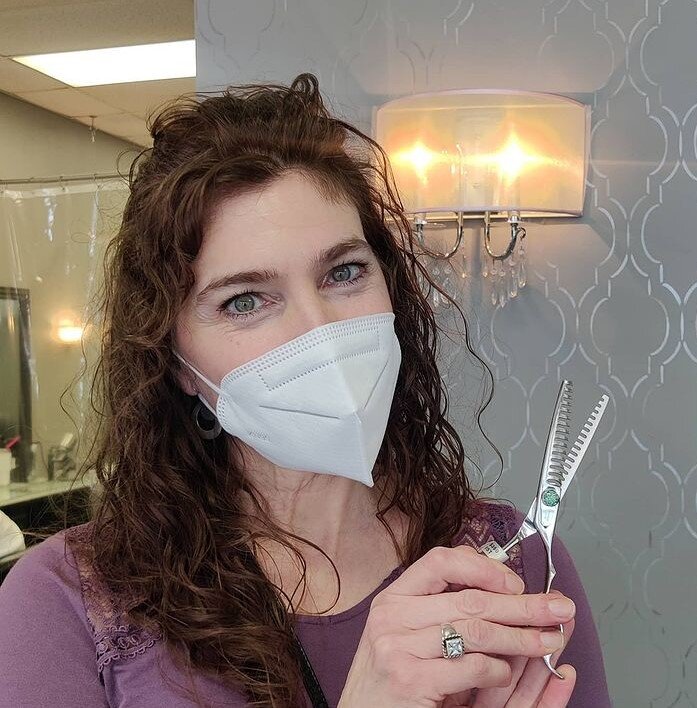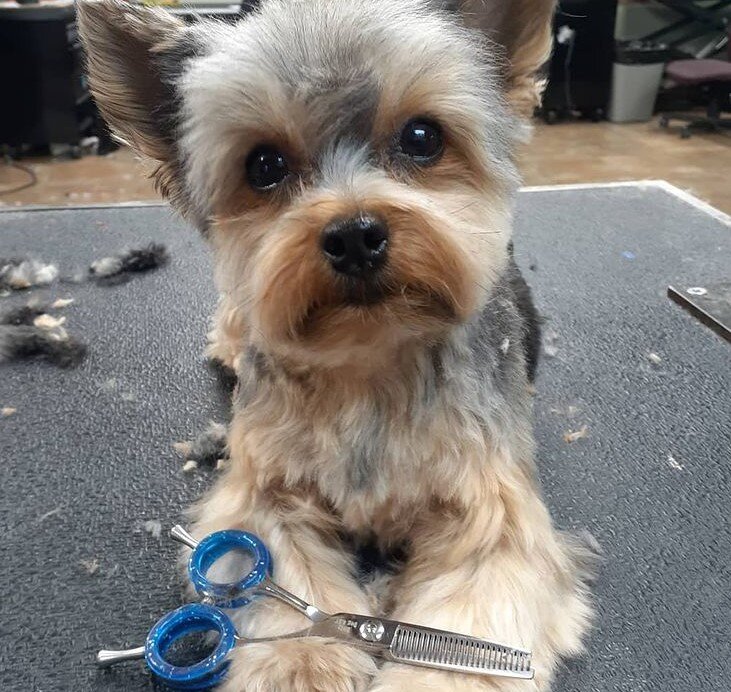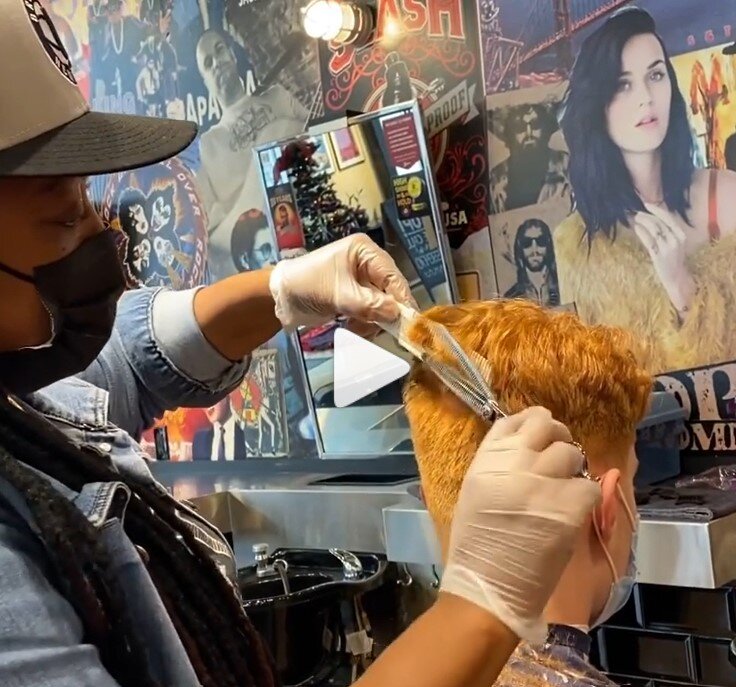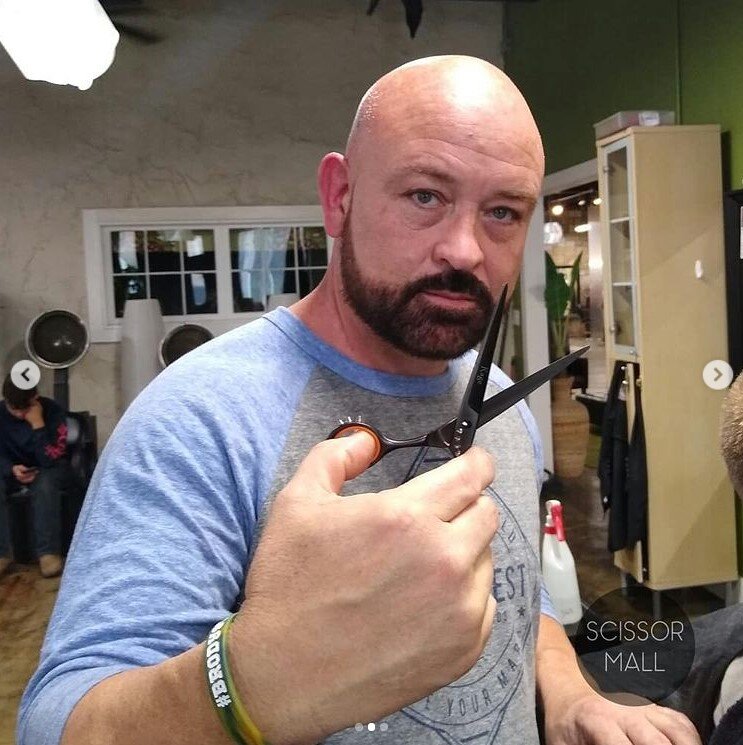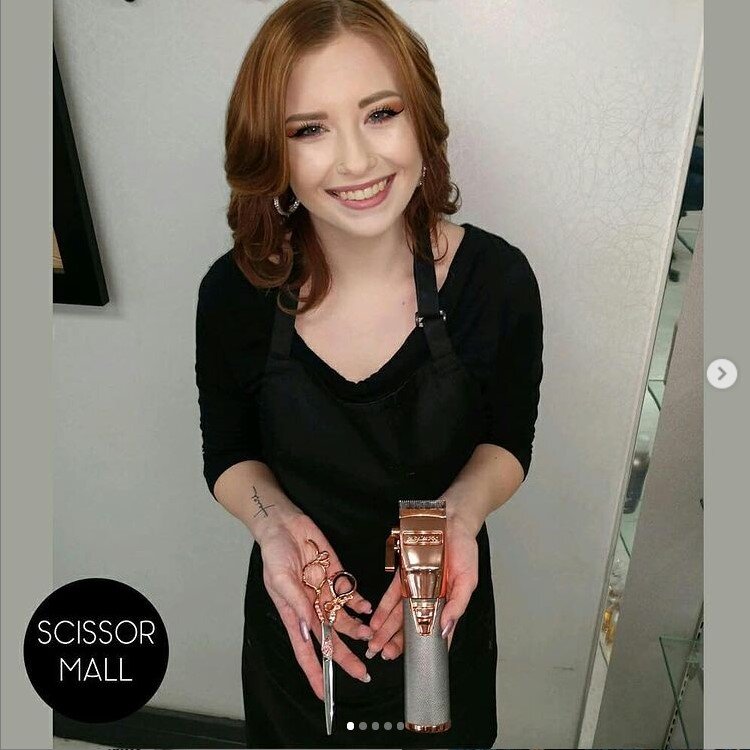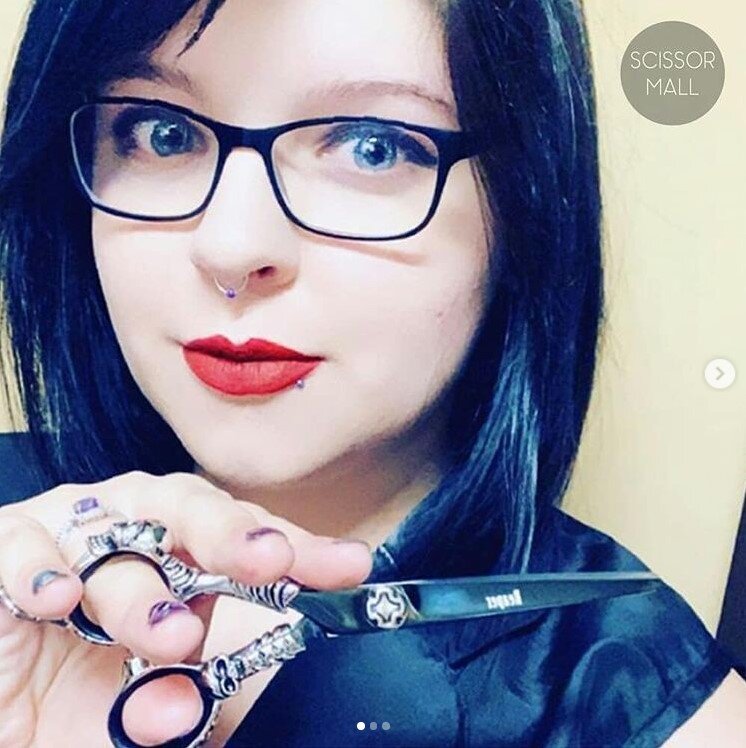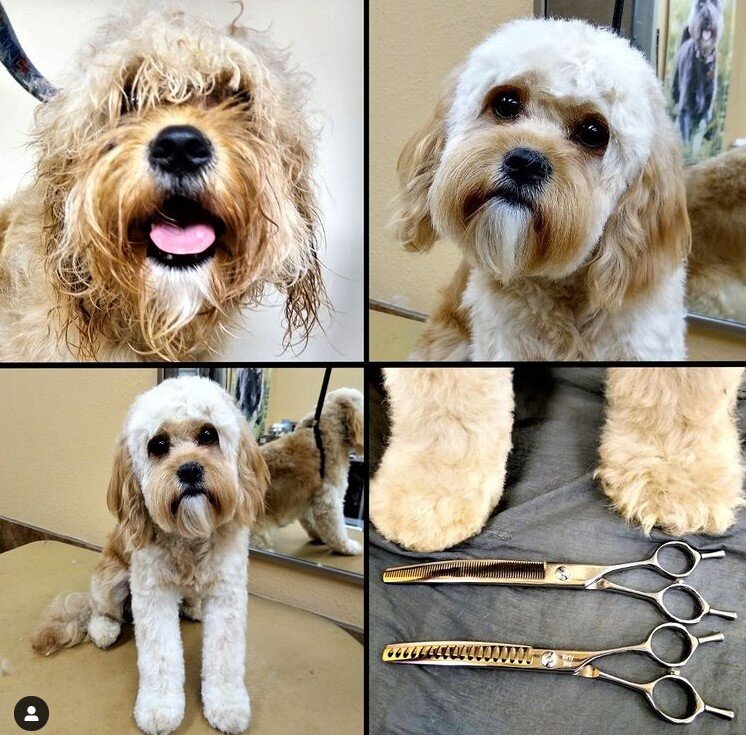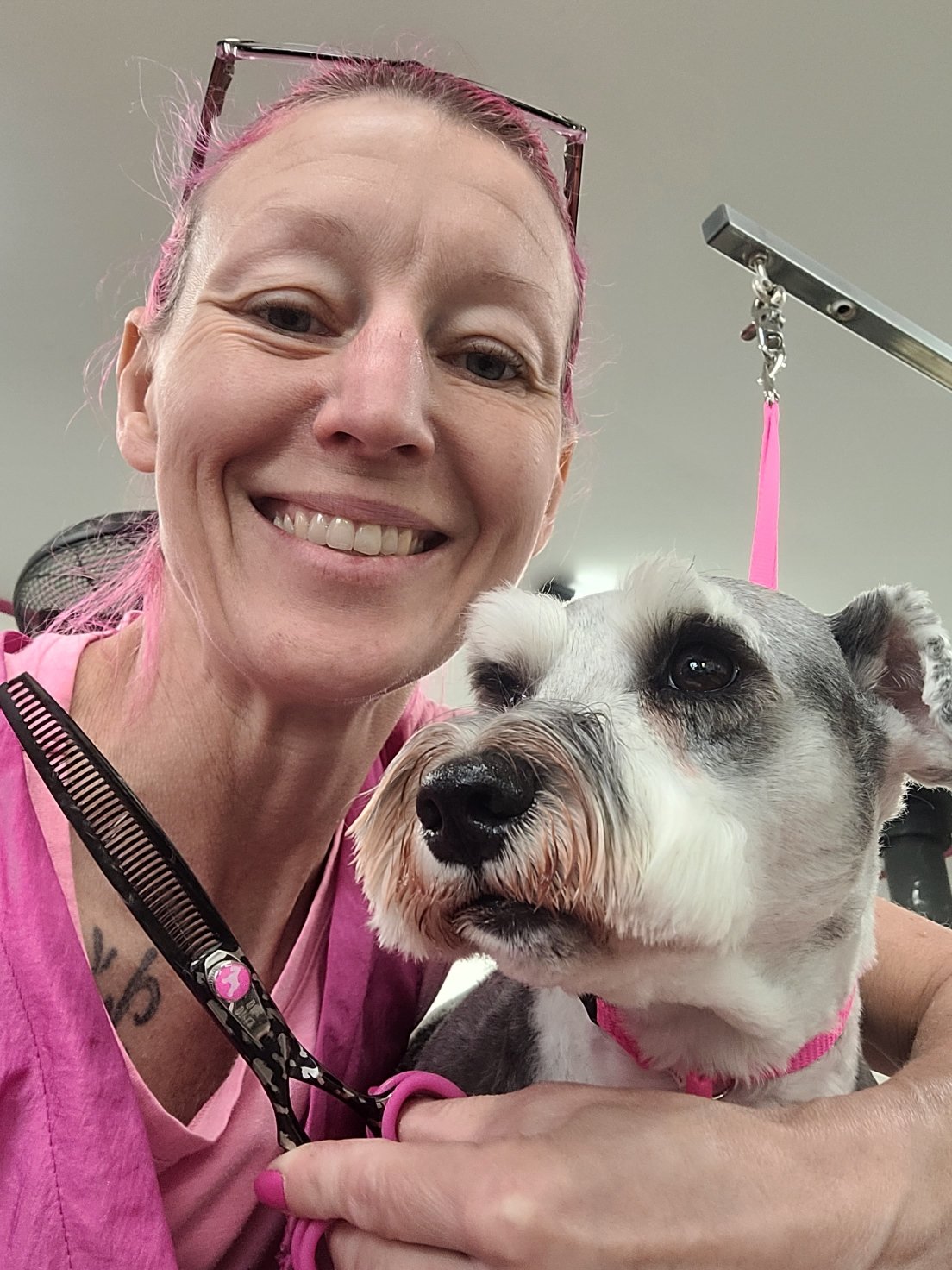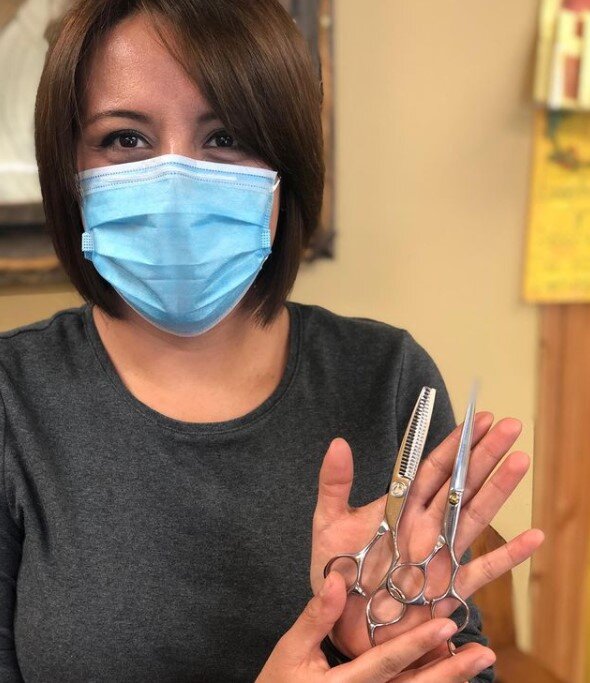Selecting Texturizing Hair Shears Based on Cut Need
/There are many situations where hair stylists will need to remove weight or control weight distribution of hair for a cut, and one form of hair shears that's often used for this purpose is the texturizing shear. These can also be useful when the goal is to add texture or reduce bluntness, but it's vital to keep a few important themes in mind when selecting the proper texturizing shears for your needs.
At Scissor Mall, we're happy to offer a huge range of texturizing shears for our clients, from the Shisato Regency 1400 to many other options in our catalog. What are some of the important tips and approaches we can recommend on selecting texturizing shears, thinning shears and other related forms of blending? Here's a primer, starting with some of the most common needs for texturizing shears and the themes you should be considering for each of them.
Removing Weight
If your primary need within many cuts is to remove weight and blend hair in more effective ways, there are various options in the thinning or blending shear realm that are frequently used for this purpose. Typically, the longer the texturizing shear is, the more pronounced that blend or thinning action will be, but there are definitely cases where you may want to remove weight despite having a shorter overall length of hair shears.
The three main features to consider when removing weight through your texturizing shears are:
The point of your texturizing shear is extremely important for removing weight, and this will vary based upon the overall length of the shear and the model you select. For example, a 4 inch thinning shear can remove more hair than a 5 inch thinning shear, but it's important to keep the point sharp for more effective blending.
The weight of your texturizing shears is also an important factor to consider, as the best texturizing shears are not always heavier or lighter than other quality hair shaping shears on the market. This is especially true if you have a variety of different styles you must be prepared to cut in a wide range of settings.
The overall texturizing shear design is going to affect how much weight you can remove without compromising the integrity of your cut. For example, a slightly shorter blending shear will typically have less power in removing weight than a full-length thinning style, but this might be just what you need for the end result.
Control Weight Distribution
If your primary need is to control weight distribution within hair that remains on the head, you'll want to consider one of three main options:
Thinning shears or hair blending shears with a slightly shorter length can allow you to regulate weight more effectively than standard texturizing shears and thinning shears.
Texturizing shears with a slightly longer length can also allow you to remove weight and regulate it for style while still keeping the integrity of the cut in place.
Hair cutting shears without any sort of point will generally be less effective at controlling weight than texturizing shears, blending shears or thinning shears with a point.
Hair Texture Separation
In other cases, you may be looking to create visible texture and separation within your hair. For these situations, one of the most important considerations is the width of the shear's teeth, plus the spaces between them.
The wider the teeth width and spaces between them, a greater amount of hair can be separated, creating more visible texture and separation. Shear teeth spacing is important for this reason, as it will directly impact the amount of hair that can be separated without compromising its effectiveness.
In many cases, the texturing shears you'll be looking for in this area will have what are known as "wee teeth," or grooves in the teeth that hold the hair in place while it's being cut. This makes the teeth even less likely to interfere with hair separation, and allows for more effective creation of texture and separation within your hair.
Point Cutting
Point cutting refers to a process that's used to remove bulk from the ends of hair, allowing for layers to be built into a cut more easily. However, point cutting also comes with some obstacles to stylists:
Time-consuming: Because there are hundreds of extra cuts that must be done to remove weight, it's a time-consuming process that doesn't always fit into a stylist's schedule.
Physically demanding: Both the hand and the wrist are used to point cut hair in order to remove weight, making it a physically demanding process for the arm and shoulder.
Demanding on shears: Because shear tips are being repeatedly dulled and sharpened, this can reduce their lifespan and make them less effective over time.
Luckily, there are many forms of modern point cutting and texturizing shears that are meant to improve the ease of point cutting, and reduce or eliminate some of these obstacles.
One method is to add a convex edge to the blades. This makes for an even more effective shearing process while avoiding excessive stress on the hand, wrist and arm. In addition, the tips are less likely to dull over time unless you're repeating this blade process hundreds of times.
Another method is to use shears that have a toe-down design as opposed to the traditional toe-up style. This allows for less weight and more effective blade contact with the hair, reducing stress on wrist and arm while increasing the effectiveness of point cutting technique.
For more on the factors to consider when selecting texturizing hair shears based on your common cut needs, or to learn about any of our hair shears or dog grooming shears, speak to the pros at Scissor Mall today.

